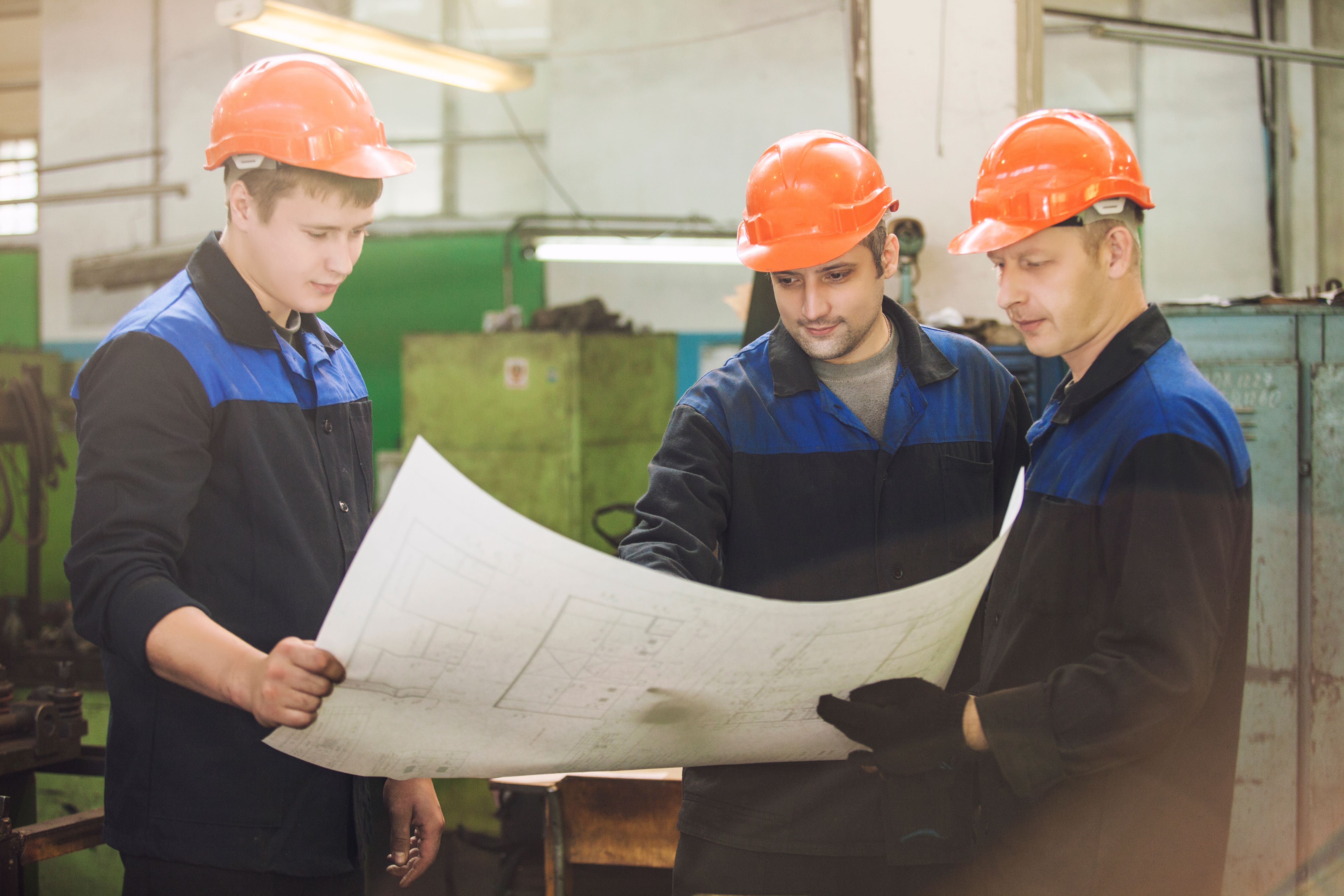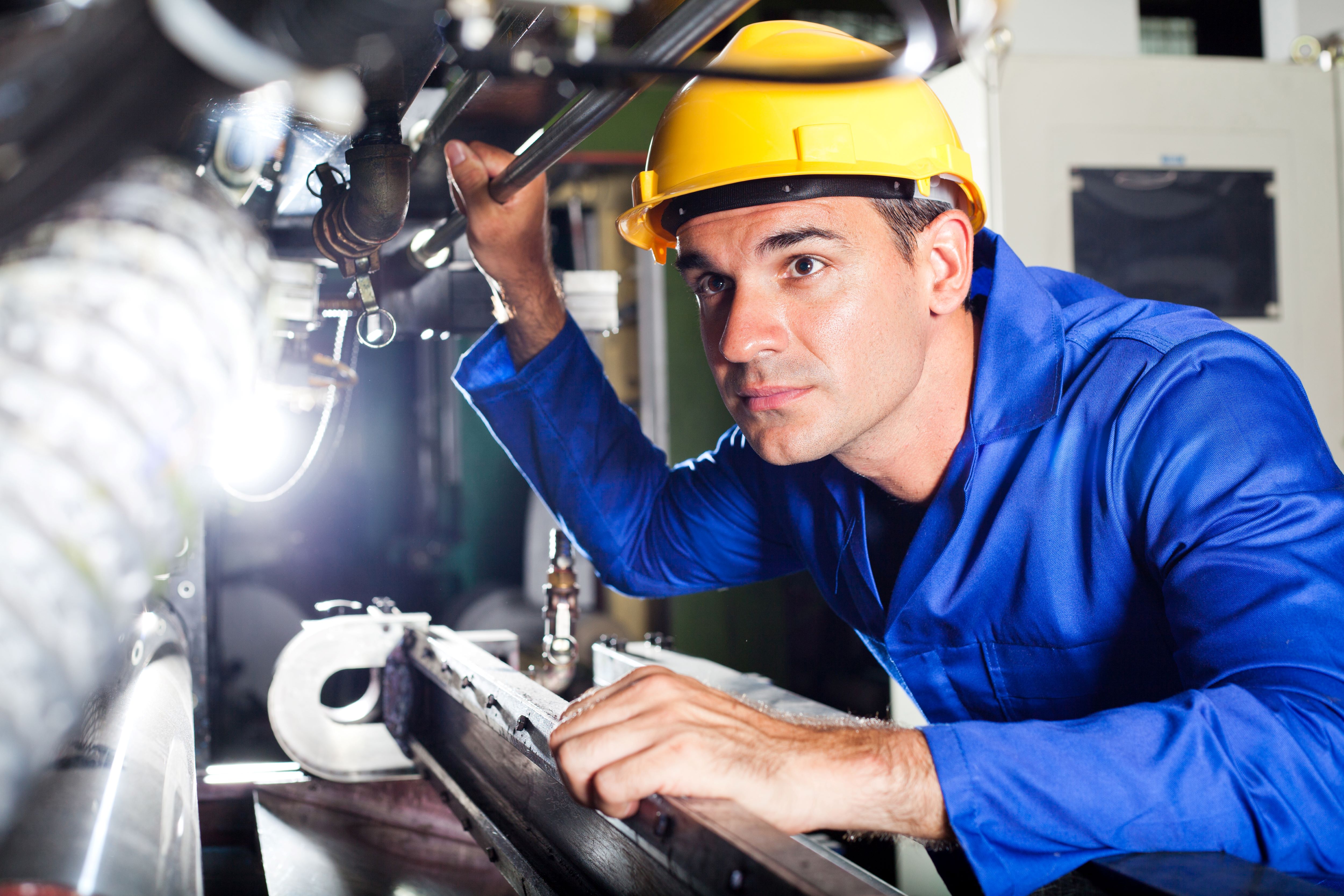Before a factory/field resumes operations after a typhoon, a few confirmations need to be made to ensure employee safety, production facilities are intact, and equipment is operating normally. Assess risks and take necessary safety measures, use protective equipment correctly, and the operation supervisor will direct and supervise the operation on site.
If the roof and corrugated panels are being repaired, special attention should be paid to the prevention of falls. There should be safe access equipment, safe passages should be opened, and anti-fall nets and safety cables should be used in conjunction with hoisting anti-fall devices.
In addition, before overhauling electrical and mechanical equipment, please be sure to cut off the power, tag out and lock up, and confirm that there is no power before operating.
The following are important inspection items:
| 1. Security check
- Factory structural inspection: Visually confirm whether there is structural damage to the building, such as walls, ceilings, windows, etc., and whether there is a risk of cracking or collapse. - Electrical system inspection: Have a professional electrician check whether the distribution box and wires are damaged and need to be repaired and ensure that there are no short circuits or exposed wires. - Plumbing inspection: Make sure water pipes and drainage systems are functioning properly and are not cracked or blocked. Check the sewage system and drain outlets for siltation to prevent backflow or blockage. - Fire protection system inspection: Check whether fire protection equipment (fire extinguishers, fire hydrants, etc.) are in good condition, whether fire exits are clear, and ensure that all emergency equipment is available. |
|
|
|
2. Equipment and machine inspection |
3. Environmental inspection
- Inspection of the surrounding environment: Check whether there are fallen trees, telephone poles, etc. blocking the entry and exit routes, and ensure that all passages are unobstructed.
- Wastewater and waste inspection: Check whether there are pollutants or garbage accumulated around the factory/site to prevent secondary disasters.
- Drainage system inspection: Check whether the internal and external drainage systems are operating normally and whether there is any blockage or water accumulation to prevent flooding caused by local heavy rain and affecting the resumption of work.
4. Employee Safety and Training
- Employee health check: Ensure that employees are in good health before returning to work, especially if they are feeling unwell due to prolonged exposure to wind and rain.
- Safety guidance: Before resuming work, employees should be given safety guidance to remind them of potential dangers after typhoons and confirm emergency measures and escape plans.
5. Production preparation
- Raw material and inventory inspection: Check whether raw materials and products are damaged in the typhoon and confirm that all materials are available to avoid affecting the production schedule.
- Supply chain status check: Confirm with suppliers and logistics providers whether the supply chain is interrupted, understand the road transportation situation, and adjust orders or transportation plans.
If you have any inquiries about various occupational safety and health response and management measures after natural disasters, please feel free to contact us.


